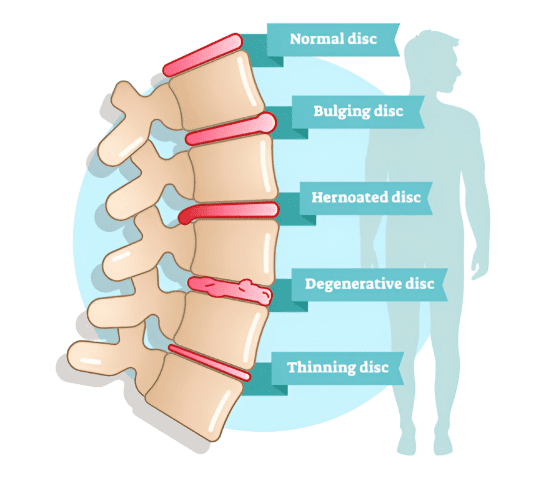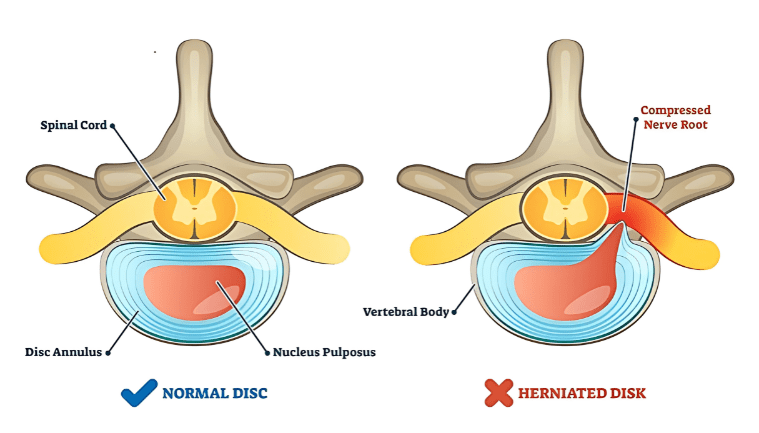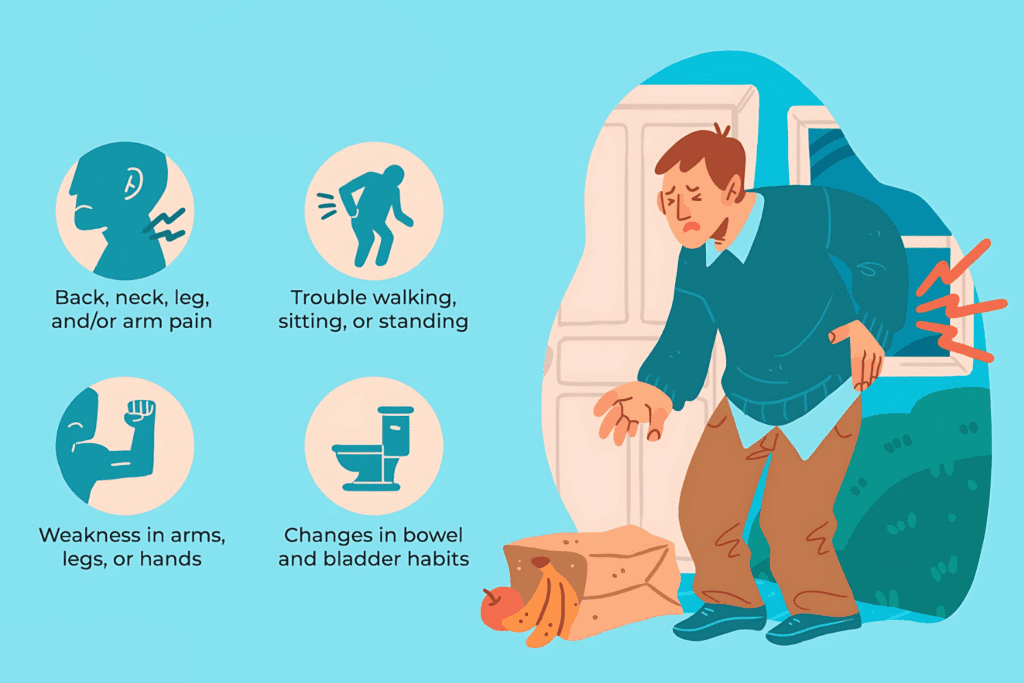
The Importance Of Spare Capacity – Why Your Spine Needs A Safety Margin
What if your back pain isn’t just from one bad movement — but from constantly living on the edge of your spine’s limits? This is


A disc bulge is a common spinal condition that occurs when the outer layer of the intervertebral disc, known as the annulus fibrosus, weakens and starts to protrude outward. This is often the result of stress-strain reversals, which occur when repetitive bending forward and back up places alternating compression and tension forces on the disc fibres. Over time, this process can lead to delamination—where the fibres begin to separate—creating small gaps and clefts that serve as the early signs of a disc bulge.
Understanding how disc bulges develop is crucial for both prevention and effective rehabilitation.

Intervertebral discs play a crucial role in spinal health and movement. Each disc consists of three main components:
The intervertebral discs serve several important functions –
Interestingly, whales have a unique type of ball-and-socket joint in their spines, requiring enormous musculature for stabilization—something that would not be practical for human movement on land.

Disc bulges develop over time due to mechanical stress and strain placed on the annulus fibrosus. Some of the most common contributing factors include:
Symptoms of a disc bulge vary depending on its severity and location in the spine.
Common symptoms include:

The first and most fundamental step in treating a disc bulge is identifying the exact mechanisms that caused the issue and continue to keep the disc sensitised. A thorough and in-depth assessment is crucial in pinpointing these root causes. This assessment then guides an individualised rehabilitation and treatment plan tailored to each person’s specific needs.
Key treatment approaches include:
If you’re struggling with a disc bulge, the best course of action is to book an initial appointment for a comprehensive assessment. Identifying the root cause is essential for an effective recovery plan tailored to your specific needs.
For complex cases, we highly recommend scheduling an appointment with one of our McGill Method practitioners—the only two certified professionals in Western Australia with this qualification—who specifically work in low back and spinal rehabilitation.
Don’t let a disc bulge hold you back. Book your assessment today and start your journey toward lasting recovery!

What if your back pain isn’t just from one bad movement — but from constantly living on the edge of your spine’s limits? This is

One of the most overlooked causes of persistent low back pain is how we move during everyday tasks. Simple activities like bending, sitting, getting out of a car, or

If you’ve been told your back pain is “non-specific” or has “no clear cause,” you’re not alone. Up to 85% of people with low back